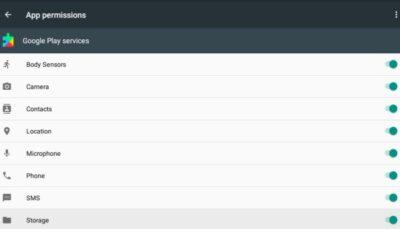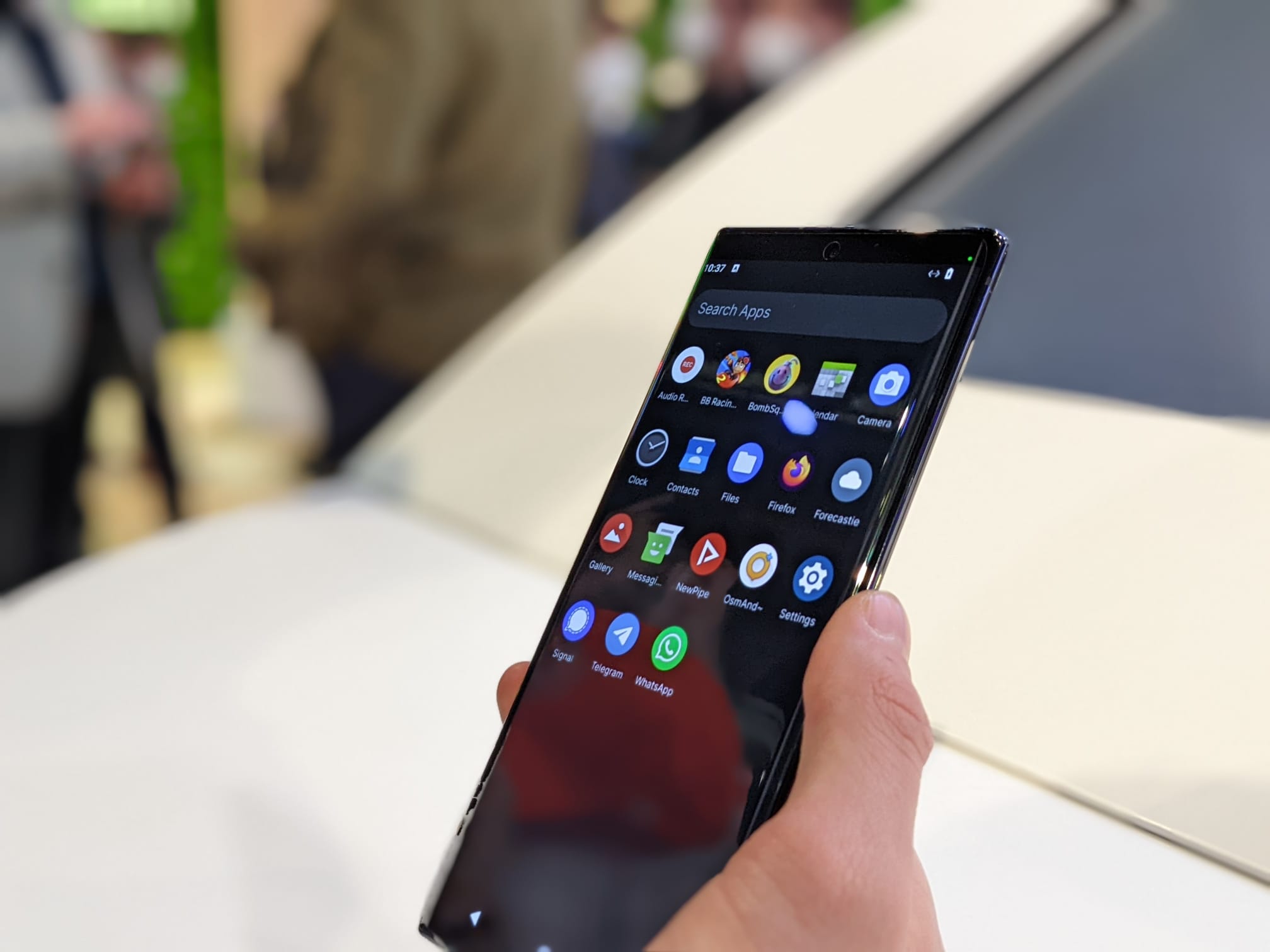How To Install and Run Android Apps on Ubuntu using Anbox, and why you’d want to choose it

If you have used the Windows operating system or macOS, you must have encountered Bluestacks or Nox, which allows you to run Android applications on your PC. Unfortunately, they don’t have any releases for Linux platforms – that’s where Anbox comes into play.
Anbox is a free and open-source compatibility layer Linux system emulation tool that allows users to run mobile games and other Android applications on their Linux machine. Different reasons might influence one to run their mobile apps on the PC.
For example, mobile games are getting more sophisticated nowadays, and the small mobile screen doesn’t seem wide enough to give a user the ultimate experience they might need. Additionally, it can get quite tiresome using some applications on the mobile phone compared to the PC, which comes with a wide monitor and an easy-to-access keyboard.
Even though Anbox is not the only Android emulator available for Linux systems (there are others like Shashlik and Genymotion), it comes with pretty unique features, especially performance.
Anbox uses LXC (Linux Containers) to run the Android runtime environment. It recreates the Android directory structure as a mountable loop image and executes applications using the native Linux kernel.
For isolation, it takes advantage of Linux namespaces via LXC. All accesses are routed through the Anbox daemon. That is also a security measure as applications don’t have any direct access to the hardware resources.
To run the Android environment on Linux systems, Shashlik and Genymotion utilize an emulator. That is quite different from what Anbox does. Anbox runs the Android system under the same kernel as the host operating system, whereas the emulator generates a whole emulated system with its own kernel. There is no need for an emulation layer like QEMU. The hardware handles everything. This method also provides a much better interface with the host OS.
See https://bytexd.com/how-to-install-and-run-android-apps-on-ubuntu-using-anbox/
#technology #android #anbox #linux #opensource
#Blog, ##anbox, ##android, ##linux, ##opensource, ##technology


